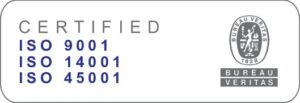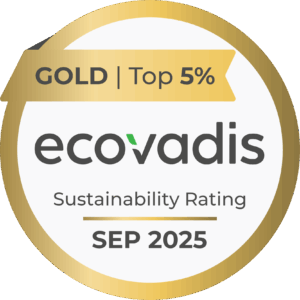NdR:
Risposta: La Nota 5 dell’allegato I stabilisce che “nel caso di sostanze pericolose che non sono comprese nel regolamento (CE) n. 1272/2008, compresi i rifiuti, (…) che presentano o possono presentare (…) proprietà analoghe per quanto riguarda la possibilità di incidenti rilevanti, sono provvisoriamente assimilate alla categoria o alla sostanza pericolosa specificata più simile che ricade nell’ambito di applicazione della presente direttiva”. Pertanto, dove il suolo contaminato è conservato o trattato in un sito, esso dovrebbe essere trattato sulla base delle sue proprietà come una miscela. Tuttavia il suolo contaminato che fa parte del terreno non porta uno stabilimento ad essere soggetto alla direttiva. Se la classificazione non può essere effettuata con questa procedura (cioè il Regolamento cui si fa riferimento nella nota 5 dell’allegato I) possono essere usate altre rilevanti fonti di informazione, per esempio le informazioni relative all’origine dei rifiuti, l’esperienza pratica, le prove effettuate, la classificazione per il trasporto o la classificazione secondo la legislazione europea sui rifiuti.
Vedi anche il quesito 022-1/3/16-UE sui rifiuti (Fonte MinAmb)
Question: How should contaminated soil be treated?
Answer: Note 5 to Annex I states that “in the case of dangerous substances which are not covered by Regulation (EC) No 1272/20085, including waste, (…) and which possess or are likely to possess (…) equivalent properties in terms of major-accident potential, these shall be provisionally assigned to the most analogous category or names dangerous substance falling within the scope of this Directive“. Therefore, where contaminated soil is stored or processed on a site, it should be treated on the basis of its properties as a mixture. However, contaminated soil which is in the ground does not bring an establishment under the Directive. If the classification cannot be carried out by this procedure (meaning the referenced Regulation in Note 5 to Annex I) other relevant sources of information may be used e.g. information concerning the origin of the waste, practical experience, testing, transport classification or classification according to the European waste legislation.
See also: the question on waste in chapter 7.1.3




